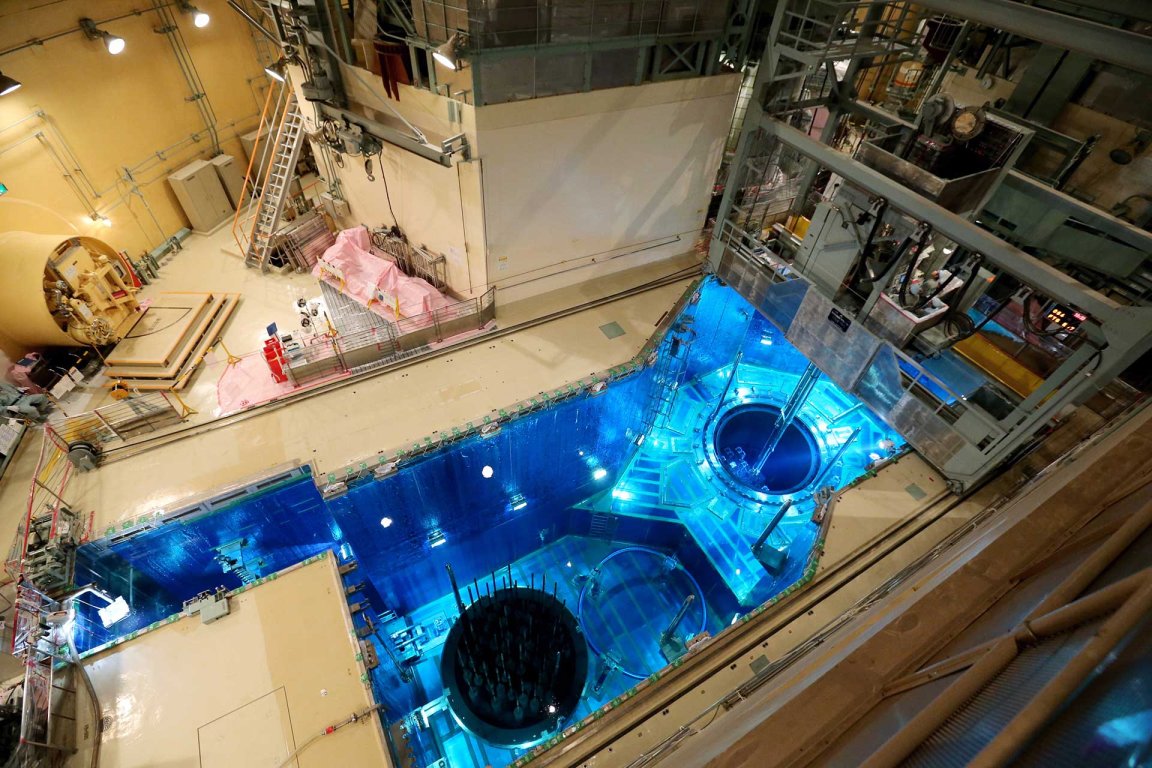
“Naïve” Neural Networks
Engineers at Purdue University in Lafayette, Indiana are developing a new system for keeping nuclear reactors safe with artificial intelligence (AI). In the paper published in the IEEE Transactions on Industrial Electronics journal, the researchers introduced a deep learning framework called a naïve Bayes-convolutional neural network that can effectively identify cracks in reactors by analyzing individual video frames. The method could potentially make safety inspections safer.
“Regular inspection of nuclear power plant components is important to guarantee safe operations,” Mohammad Jahanshahi, an assistant professor at Purdue’s Lyles School of Civil Engineering, said in a press release. “However, current practice is time-consuming, tedious, and subjective and involves human technicians reviewing inspection videos to identify cracks in reactors.”
Trained using a dataset of some 300,000 crack and non-crack patches, Purdue’s AI works by viewing video images of the reactors, which are often submerged under water to keep them cool, making them even more difficult to inspect manually. The AI scans each and detects cracks in overlapping “patches” of the video frames. Each crack is tracked from one frame to another using a data fusion algorithm.
“Data fusion comes up with more robust decision making than would otherwise be possible,” said Jahanshahi, who noted that their AI scored a 98.3 success rate in identifying the cracks, which is significantly higher than even today’s most advanced approaches.

The “Holy Grail” of Renewable Energy
As the world continues to shift towards more renewable sources of energy, nuclear has presented itself as an option. One reason there’s increasing interest in nuclear as an alternative energy source is that it’s devoid of the usual limitations of solar and wind, which depend on the right conditions to generate power. The ultimate goal as many see it, however, is to harness the so-called “holy grail” of renewable energy: nuclear fusion.
While researchers have achieved considerable success in stabilizing and sustaining a fusion reaction, it will be some time yet before we can safely rely on it for our daily energy needs.
The viable type of nuclear power currently available to us come in the form of nuclear fission, which researchers around the world are working to improve. Experts are already making headway using molten-salt nuclear reactors; advanced nuclear reactors that use fluid rather than solids, meaning the salt can function as both the fuel and the coolant.
The safety system developed at Purdue could help bolster public support, which would ideally keep the nuclear option for alternative energy open. Since the Chernobyl disaster in 1986, 56 of the 99 major nuclear power accidents have occurred on U.S. soil (a nation where nuclear power accounts for 20 percent of the electricity generated).
“One important factor behind these incidents has been cracking that can lead to leaking,” Jahanshahi explained. “Nineteen of the above incidents were related to cracking or leaking, costing $2 billion. Aging degradation is the main cause that leads to function losses and safety impairments caused by cracking, fatigue, embrittlement, wear, erosion, corrosion, and oxidation.”
Keeping nuclear energy safe is, therefore, an important step in guaranteeing a wider adoption of what is, essentially, the most renewable energy source we have at our disposal. As such, nuclear energy would contribute a significant blow to the threat of climate change and global warming.